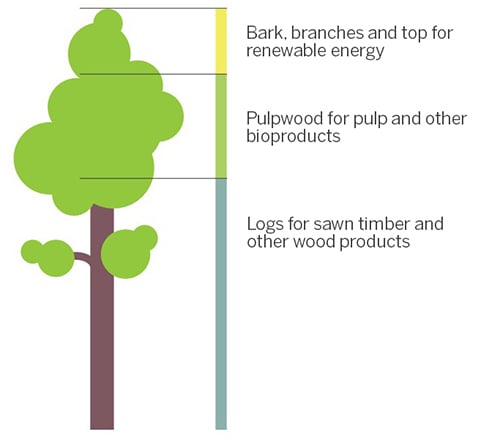Our focus concerning the circular economy is on achieving our strategic sustainability targets for fossil-free production units and products, water and energy efficiency as well as zero process waste to landfills.
Ensuring and developing the recyclability and compostability of our paperboards is of key importance in our operations. Our paperboards, produced with renewable wood fibre, can be recycled, depending on local recycling systems.
Maintaining the material cycle also requires the addition of primary raw materials to the cycle. Fresh fibre is therefore needed to maintain a good and functioning recycling loop of fibre-based packaging.
Through our 360 Services, we help our customers to improve the recyclability and material efficiency of their packages through packaging life cycle calculations, data-based comparisons of the environmental impacts of different materials, and concrete packaging solutions.


